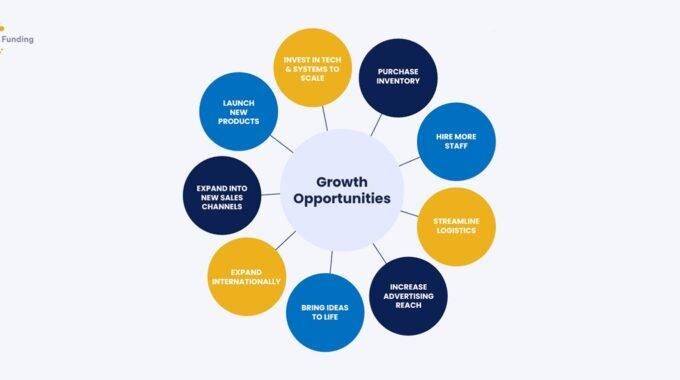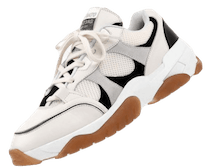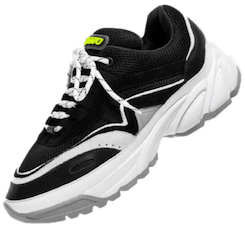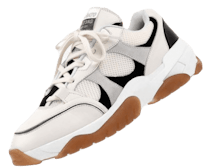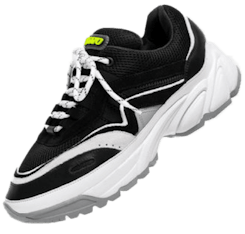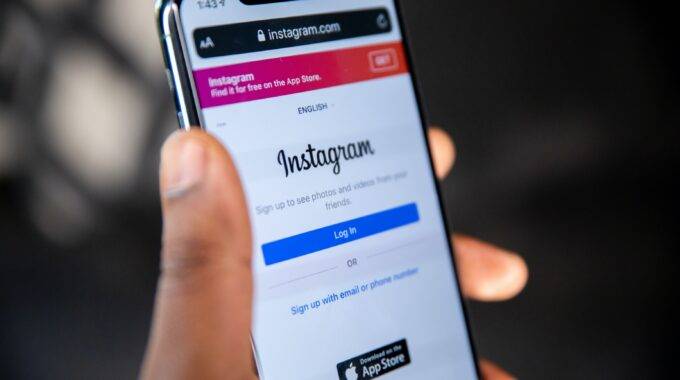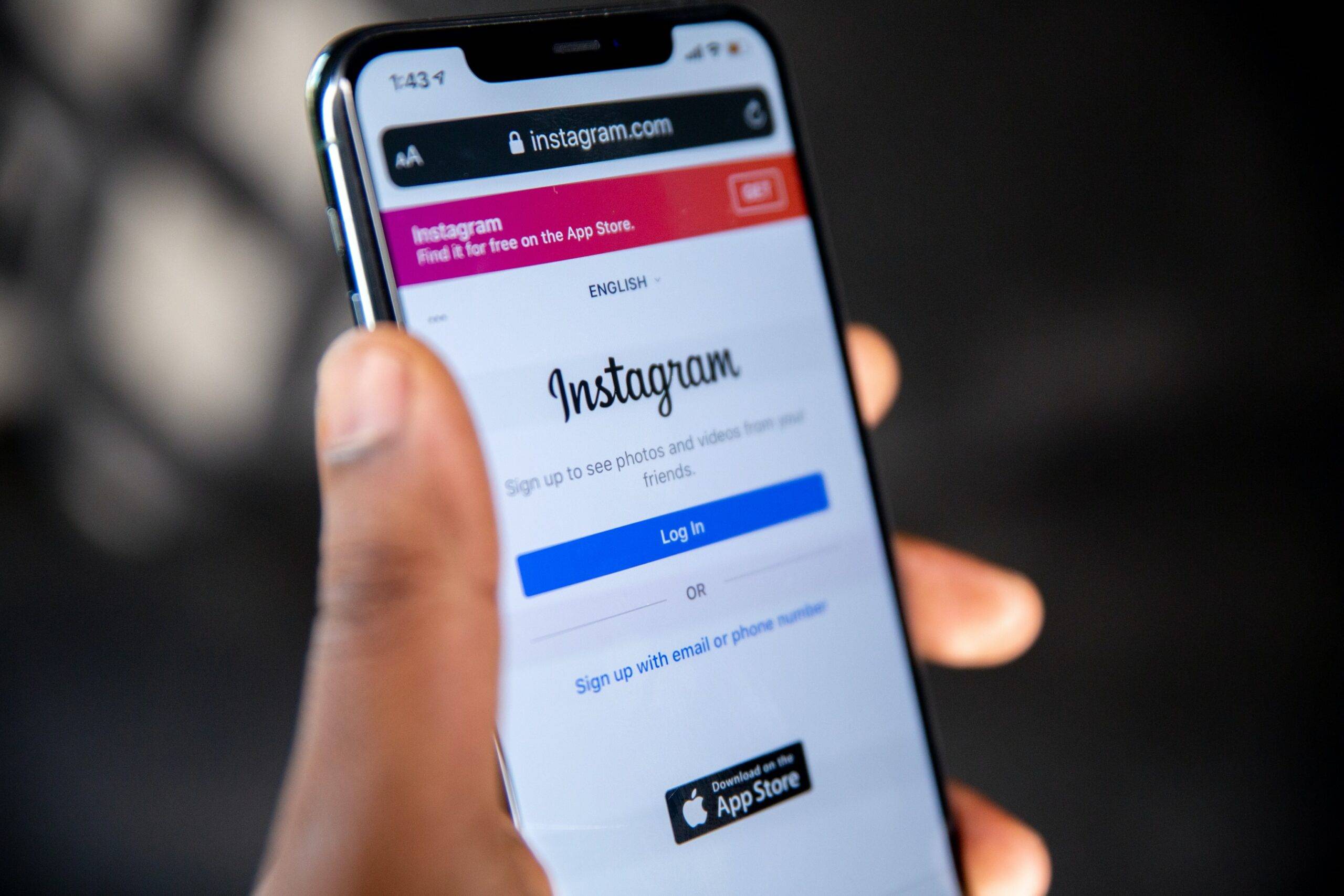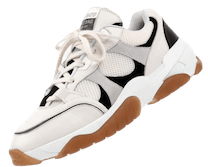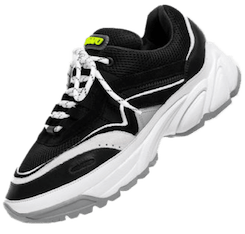Funding 101: What to Know to Maximize Cash Flow for Online Business
You’ve heard the stories: “I got started with just $ 800.” or “Oh, you need at least $ 10,000 to successfully start an e-commerce business.” While the stories may vary, they all share one truth: You need funding to achieve long-term success for your online business. How do you know where to start?
There are a variety of types of funding, each appropriate for different points along your e-commerce journey. While this list is a comprehensive view of the different types of funding, there are a variety of times and uses for each type. Remember: Nobody knows your business better than you and no two businesses are the same, so make the decisions that work best for your brand, based on the data you have on hand.
All Online Businesses Can Benefit from Funding
As a business grows, it’s only natural that it needs more cash flow. More sales results in the need for more inventory. More inventory means a larger warehouse or increased logistics setup. A larger warehouse means more staff. It’s an endless cycle that means only good things for your business.
However, without funding at the right time, you could actually be harming your business’s growth. The …
